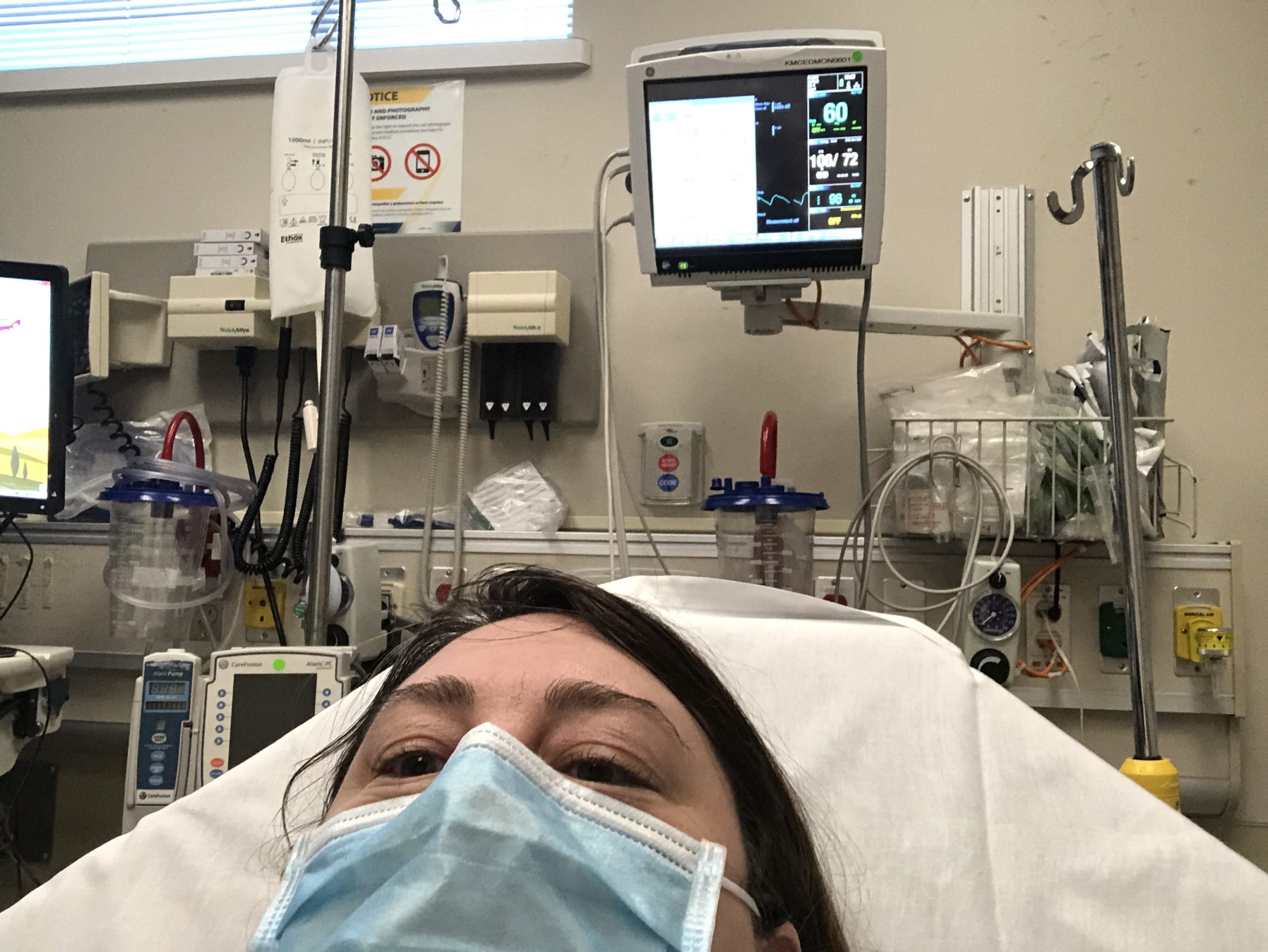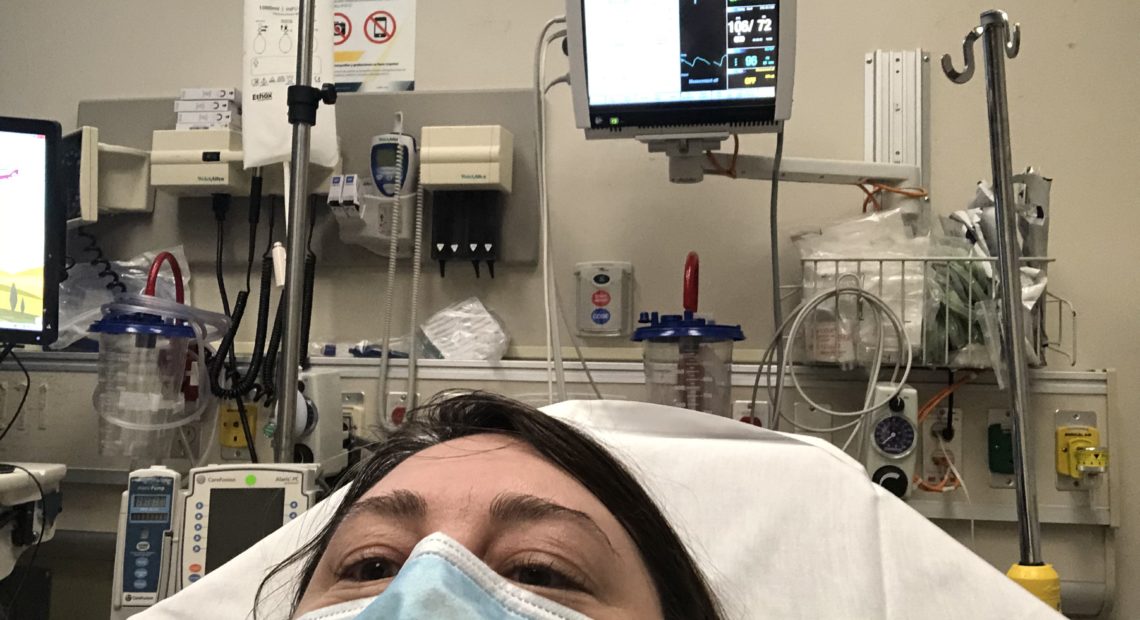
Correspondent And COVID ‘Long Hauler’ Anna King: As 2021 Rings In, Consider Staying Home
Listen
The first time it happened, it was a squeezing feeling. I felt like I couldn’t breathe. My heart raced. At the hospital, I got an EKG and took a blood test. It wasn’t a heart attack. Just felt like one. Then, it happened again. And again.
This is increasingly common. Doctors are learning COVID-19 isn’t just a respiratory illness. Some of those who’ve had it, like me, end up with heart inflammation, heart rhythm problems or worse.
“People who have COVID-19 can have heart attacks, but also heart muscle injury when the virus is affecting their body,” says Dr. Grant Reed, an interventional cardiologist with the Cleveland Clinic. “What I’m curious about is why some [COVID-19] patients recover very quickly, and some patients have very bad symptoms.”
ALSO SEE: Anna King’s “Diary of a COVID ‘long-hauler’”
ALSO SEE: Anna King asks: “So how the heck did I get COVID?”
It’s not clear if these symptoms are permanent. In some patients with another coronavirus — SARS — heart symptoms often turned out to be temporary.
Broken heart syndrome?
I’m still waiting for a diagnosis.
As Dr. Reed has studied, many people who haven’t even had COVID-19 this year have been reporting what’s called “broken heart syndrome.” It feels like you’re having a heart attack, but you’re not. It’s caused by stress and can often be treated.
“The effects of the pandemic are stressing everyone out,” Reed says. “People aren’t exercising as much, a lot of my patients have put on a lot of weight. It’s really changed people’s lifestyles.”
Reed recommends spending time on self care. Exercise. Eating right. All things we know we should do.
Tests, more tests
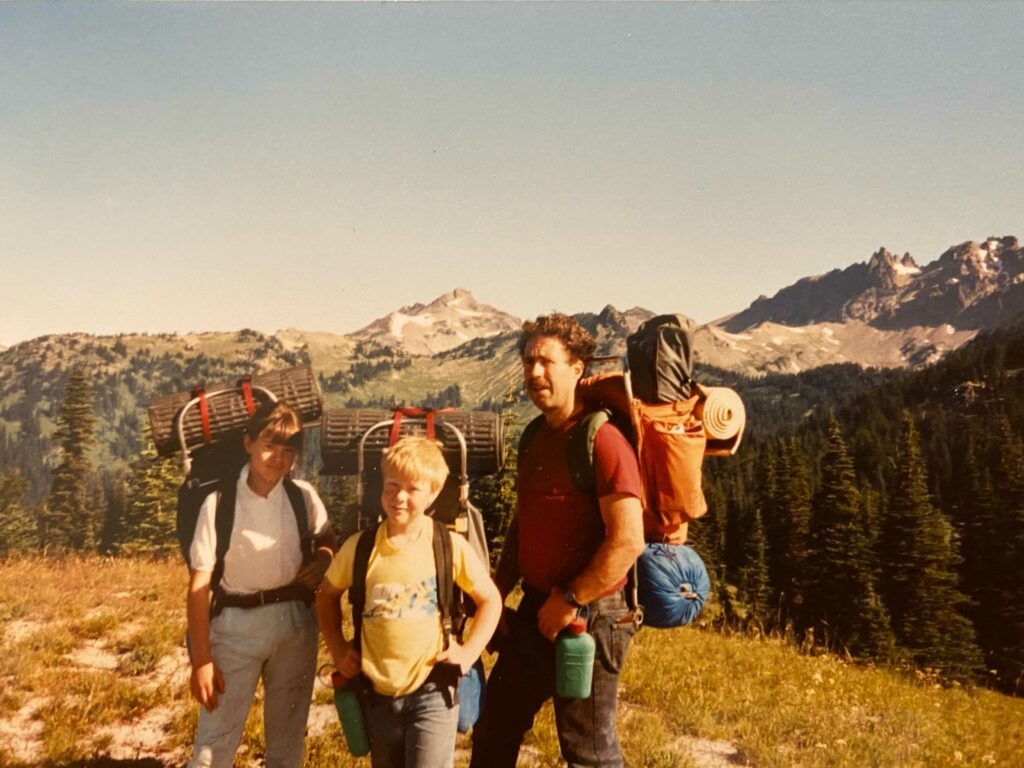
Anna King, left, her brother Matt and father Gary in summer 1989 near the Goat Rocks and Mt. Adams in central Washington. Courtesy of the King family
I’d never had these symptoms before. In high school I ran track and played soccer. In college I took an elective long-distance running class. I’ve hiked eastern Washington and Mt. Adams since I was young.
I’m hiking again. I’m close to five miles on flat terrain. But the possibility that I have something wrong with my heart makes me mad. It scares me, in fact.
Since my heart pain started in August, I’ve done a battery of tests: a heart ultrasound, a stress test. I’ve worn a heart monitor for weeks. It’s worrying not to know what’s wrong.
Here’s why I’m telling you about myself: Because when you celebrate the New Year or think about any other kind of celebration or gathering, I want you to take every precaution. Keep your distance. Wear a mask. Or better yet, stay home.
Related Stories:
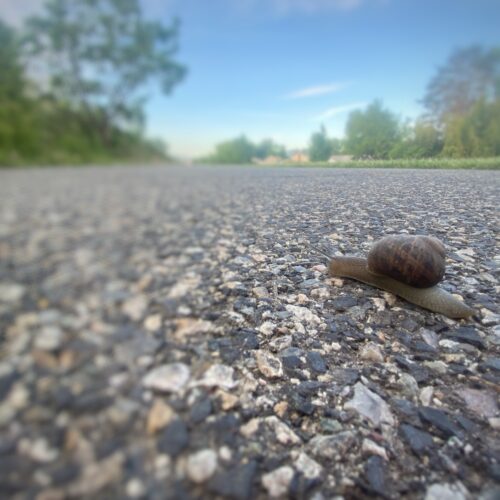
It’s Been A Long Haul: Correspondent Anna King On Her Snail-Slow Recovery 1 Year After COVID-19
June 3 marks a year since COVID-19 blasted through my immune system. I have never figured out how I got it. And my recovery has come in fits and starts. But mostly it’s just been incredibly, snail-slow.
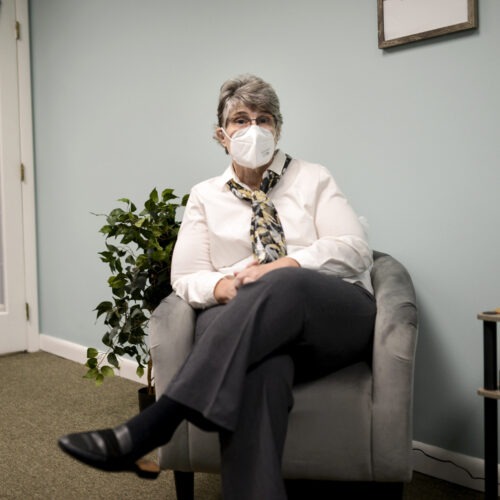
When Does COVID-19 Become A Disability? ‘Long-Haulers’ Push For Answers, And Benefits
So-called long-haulers are people who survive COVID-19 but have symptoms – sometimes debilitating symptoms – many months later. As scientists scramble to explain what is going on and figure out how to help, disability advocates are also scrambling: They are trying to figure out whether long-haulers will qualify for disability benefits.
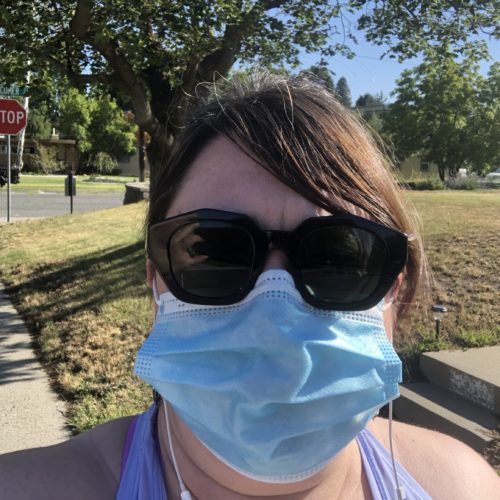
Can I Blame It On … The Dog? Looking Into Just How I Got Sick With COVID-19
I recently wrote about my nearly two-months as a COVID-19 longhauler. And the number one question I heard was: “How did you get it?” So I decided to dig into the possibilities. Turns out, there are four likely ways I could have picked up the virus: husband, dog, surfaces or the air.

